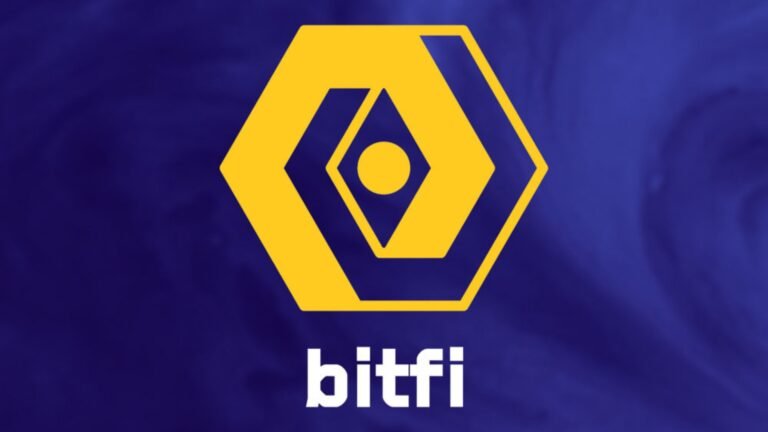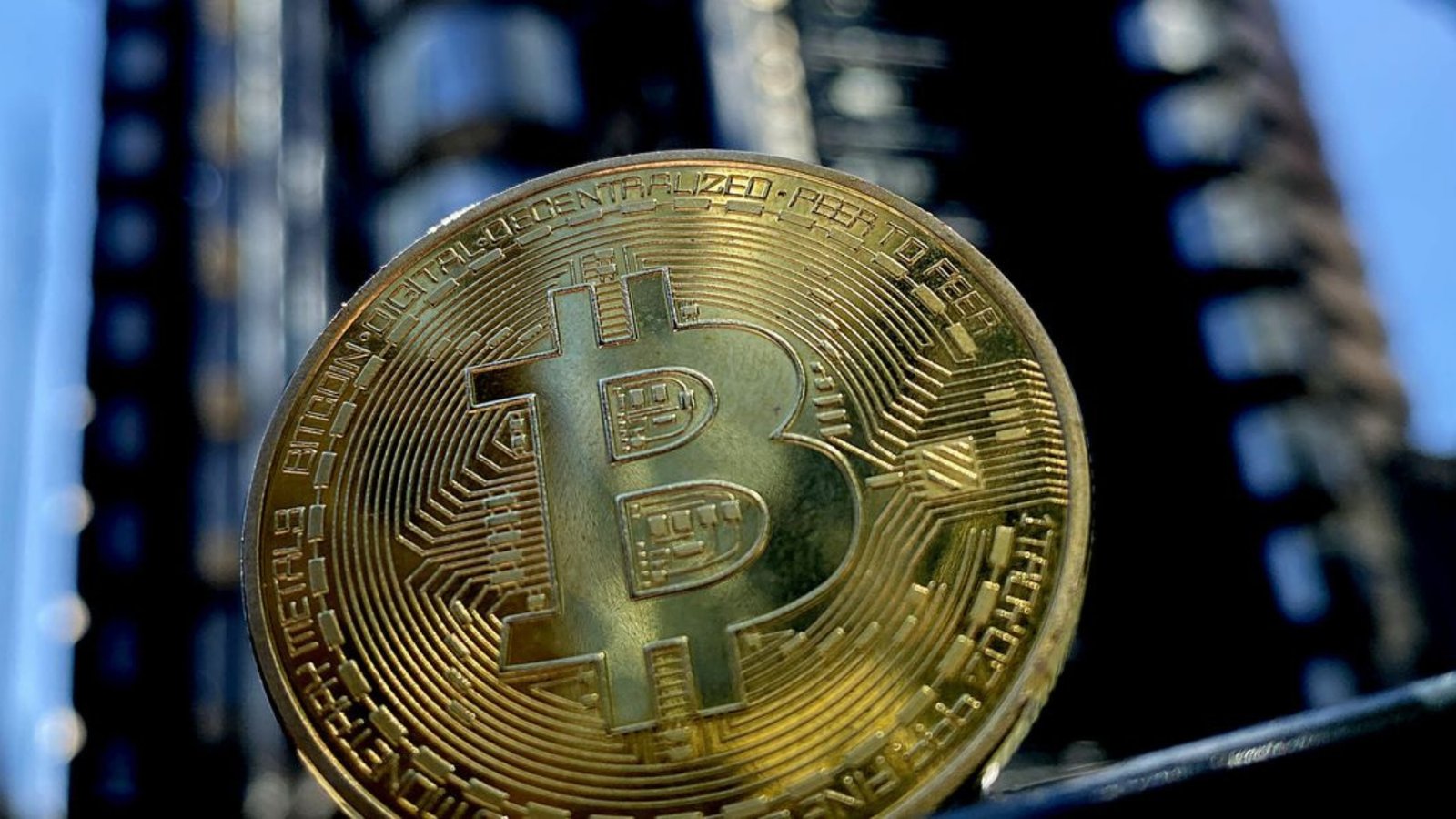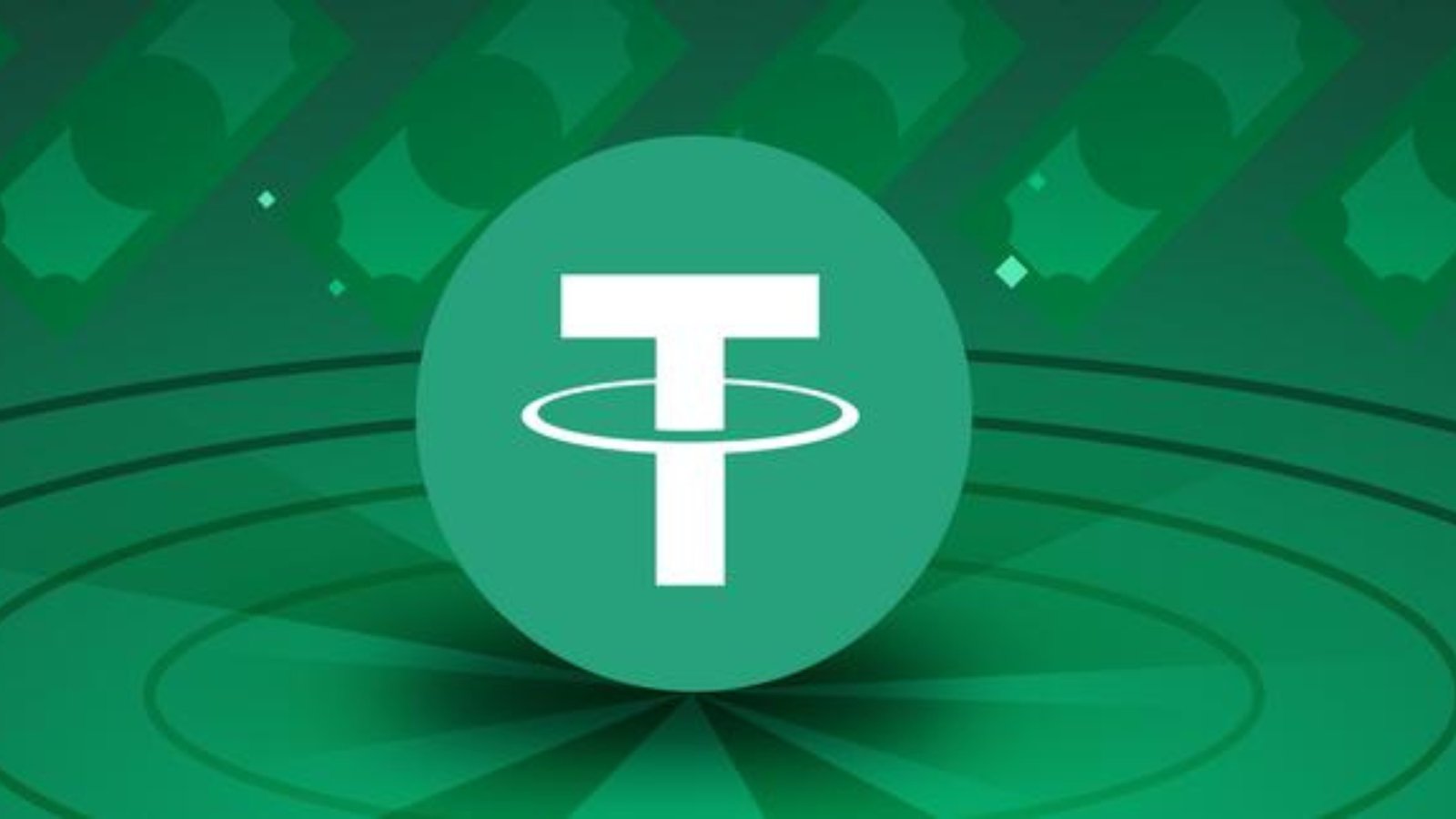What is BitFi? At first, the Ethereum (ETH) network was the epicenter of decentralized finance’s (DeFi) meteoric prominence. Yet, as the computer industry changed, DeFi began to branch out and join the Bitcoin (BTC) network.
The Bitcoin blockchain sped up the DeFi movement on its network with the deployment of the Taproot upgrade, which opened the capacity to construct decentralized apps (dApps). Bitcoin DeFi (BitFi) was created due to the Taproot upgrade, a significant turning point for Bitcoin. BitFi is the process of building cutting-edge decentralized applications (dApps) on top of the Bitcoin network, capitalizing on its security features and well-deserved reputation as the pioneer cryptocurrency.
An in-depth analysis of BitFi, its development on the Bitcoin network, and the revolutionary introduction of Stably USD, the initial stablecoin based on Bitcoin, are the goals of this tutorial. By reading this, you will better understand how BitFi revolutionizes the financial sector and gives people more agency over their wealth.
What Is DeFi?
DeFi, which stands for decentralized finance, is a revolutionary trend in the cryptocurrency industry. The term describes a decentralized, permissionless alternative to conventional financial systems that use smart contracts and blockchain technology. Digital financial apps run on public, open blockchains, eliminating intermediaries and enabling peer-to-peer transactions, unlike traditional monetary systems that depend on them, like banks.
Decentralized financial infrastructure (DeFi) includes various financial services, including lending and borrowing platforms, stablecoins, decentralized exchanges, yield farming, and many more. The ease of use is one of DeFi’s main selling points. No matter where you are or how much money you have, everyone with an internet connection can use DeFi apps. On top of that, many DeFi apps are open-source, so anybody can look at the source code and ensure the system is secure.
Developers may automate the creation of innovative financial goods and services with DeFi’s programmability, which is made possible through smart contracts. Due to this programmability, new financial instruments, decentralized governance structures, and more efficient traditional financial operations are all within reach. Transparent and auditable blockchain transactions are another way DeFi encourages openness. Users can monitor the whereabouts and spending of their money in real-time and have direct control over it.
BitFi Explained
By integrating DeFi into the Bitcoin network, BitFi seeks to provide consumers with better liquidity, security, and financial potential. It combines the cutting-edge qualities of decentralized finance with Bitcoin’s reliability and worldwide accessibility.
The increasing need for DeFi solutions and the goal of realizing the Bitcoin network’s full decentralized finance potential are propelling BitFi’s continuous evolution.
BitFi Evolution
Integrating DeFi with the Bitcoin network has opened up more avenues of exploration and potential applications. At first, complicated DeFi apps encountered difficulties due to Bitcoin’s programming language constraints. BitFi’s expansion is due to layer-two solutions and innovative contract technology developments like the Lightning Network.
Bitcoin was initially considered mainly as a decentralized digital currency that couldn’t handle complicated financial transactions. However, technological progress and layer-two solutions have opened up new possibilities for the Bitcoin ecosystem, and the creation of BitFi has changed all that. Upgrades like Taproot and Schnorr signatures have increased Bitcoin’s scripting capabilities, letting developers build more advanced financial apps for the network.
Launch of the First Bitcoin Stablecoin
USD, a novel stablecoin built on the Bitcoin network, has emerged as a game-changer in the BitFi ecosystem. This incredible digital money, which goes by the name USDSB, is a part of the Bitcoin network that adds stability and opens up financial opportunities for everyone involved.
This stablecoin, launched on the Bitcoin network in May 2023, has revived interest in cutting-edge financial solutions that use the blockchain’s capabilities. As a result, its introduction could change the supply and demand for Bitcoin, affecting its price and ushering in exciting new developments in the cryptocurrency market.
Be that as it may, Stably USD is the brainchild of Stably, a dynamic Delaware firm. The value of their stablecoin is directly tied to the value of the US dollar. The unique selling point is that it uses the smallest unit of Bitcoin, called a “satoshi” or “sat,” and turns them into tokens that reflect ownership of US dollars stored by a reliable third party. This stablecoin is the first to organically integrate into the Bitcoin network, unlike Rootstock or Sovryn.
Stably USD Features
Without a doubt, USD is a game-changer in the BitFi ecosystem. A trustworthy store of value that works well with other financial systems is available to its users. Quick transactions, cheap fees, programmability, and worldwide accessibility are just a few benefits of stable USD.
Here are some key features of Stably USD:
- Stability: Stable USD maintains a 1:1 peg to the US dollar, ensuring stability and reducing volatility commonly associated with cryptocurrencies. This stability makes it an attractive option for users seeking a reliable store of value.
- Collateral-backed: Stably, USD operates as a collateral-backed stablecoin, meaning that the value of the stablecoin is. Backed by a reserve of assets held by the issuing entity. This collateralization provides confidence in the stability and value of Stably USD.
- Fast transactions: Stably, USD enables quick and efficient transactions within the Bitcoin network. Users can quickly send and receive stable USD without the delays often associated with traditional financial systems.
- Low fees: Stably, USD offers low transaction fees, allowing users to transact with minimal costs. This feature makes it a cost-effective solution for various financial activities and transactions.
- Programmability: Stably USD is programmable, enabling developers to build innovative financial applications and smart contracts on top of the stablecoin. This programmability allows for sophisticated decentralized finance solutions within the Bitcoin network.
- Global accessibility: USD is stable and accessible to users worldwide, allowing individuals from different regions and countries to participate in the BitFi ecosystem. This accessibility promotes financial inclusion and facilitates cross-border transactions and remittances.
- Use cases: The Bitcoin network uses stable USD. It can be used as a stable unit of account for cross-border payments, remittances, decentralized loans, exchanges, and financial transactions.
Other benefits include reduced market volatility, global interoperability, improved Bitcoin ecosystem liquidity, and easy integration with current financial infrastructure.
What’s Next?
The change that BitFi is about to undergo has just begun with the debut of Stably USD. More complex DeFi apps and solutions will likely appear on the Bitcoin network as BitFi develops further in response to the need. For decentralized finance and the experiences gained from other blockchain ecosystems. The future of decentralized finance on the Bitcoin network is. Looking bright because of BitFi’s potential and the continuous improvements in scripting capabilities, layer-two solutions, and cross-chain compatibility.
Conclusion
The introduction of DeFi to the Bitcoin network has significantly changed the cryptocurrency scene. By integrating the security and liquidity of Bitcoin with the financial innovations of DeFi, BitFi opens up unlimited possibilities. Individuals and institutions should engage in decentralized finance. If the BitFi ecosystem keeps growing, people may gain more agency over their money and the financial sector.




